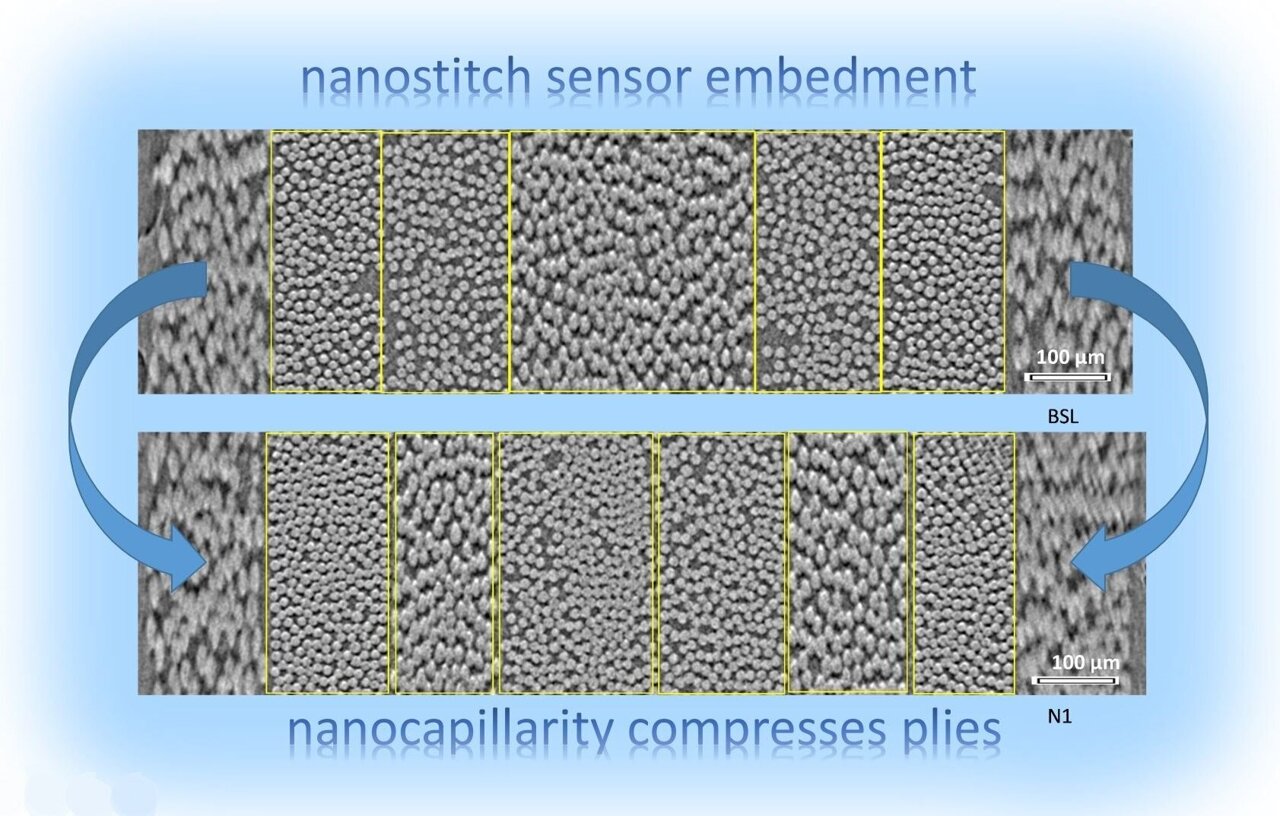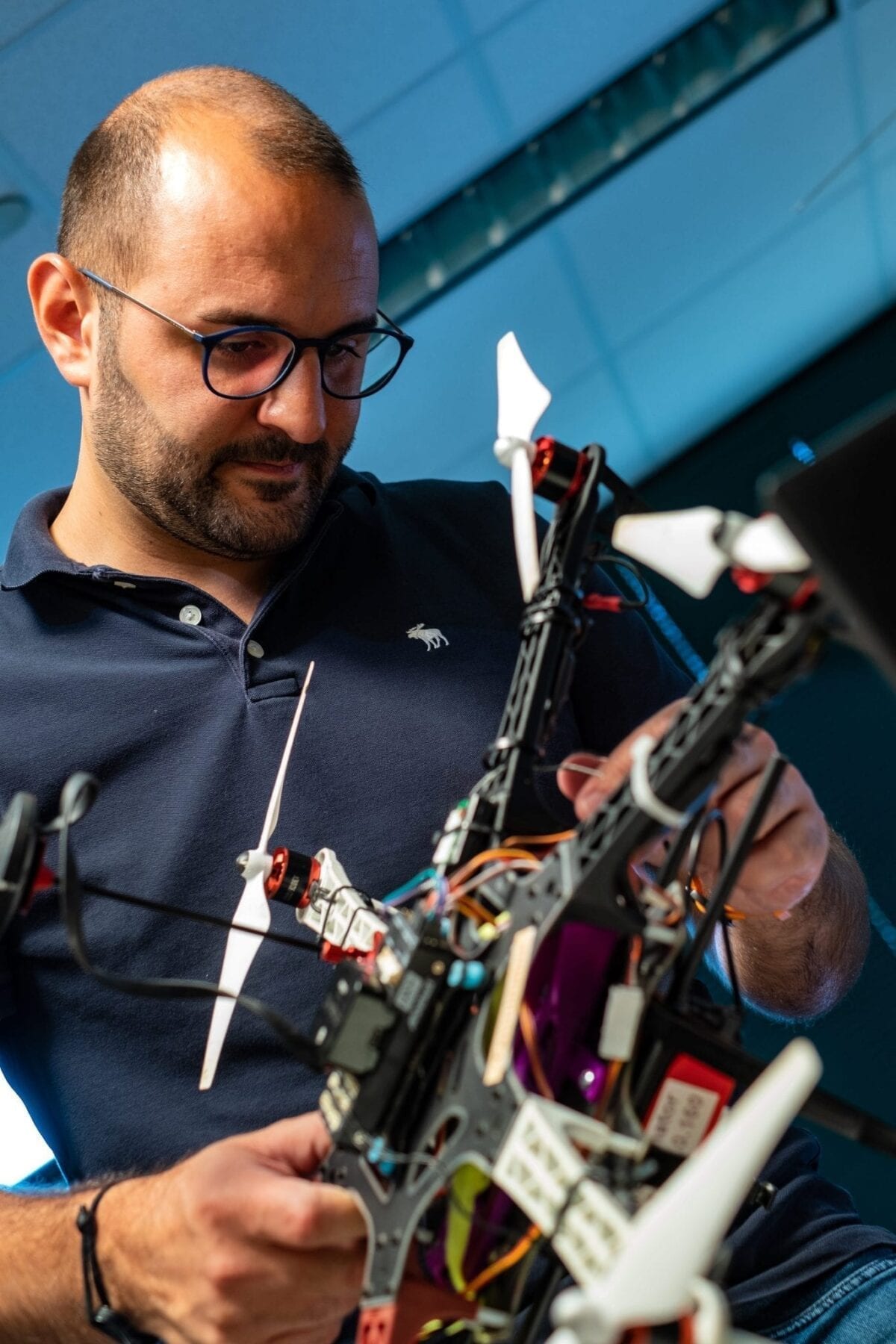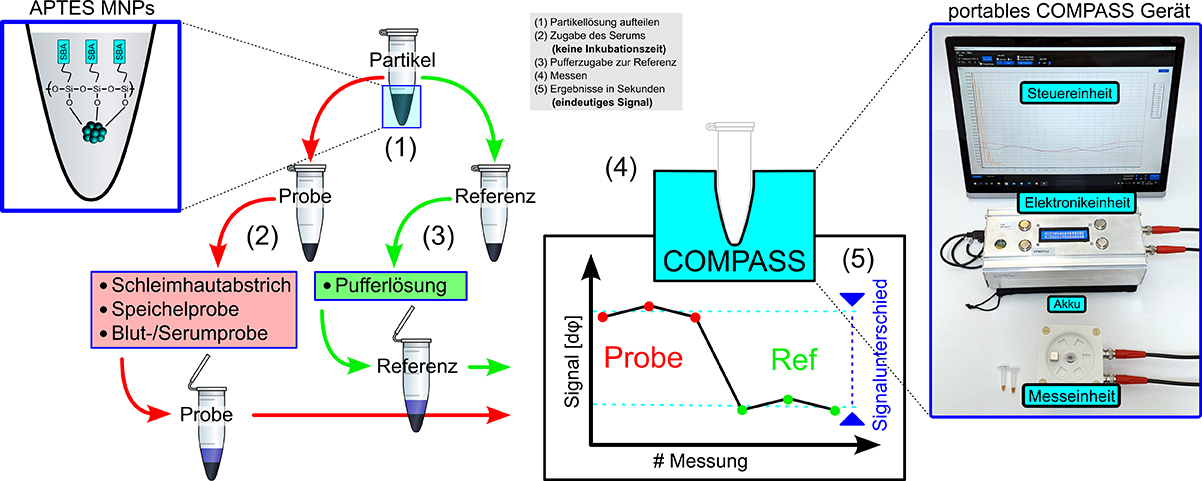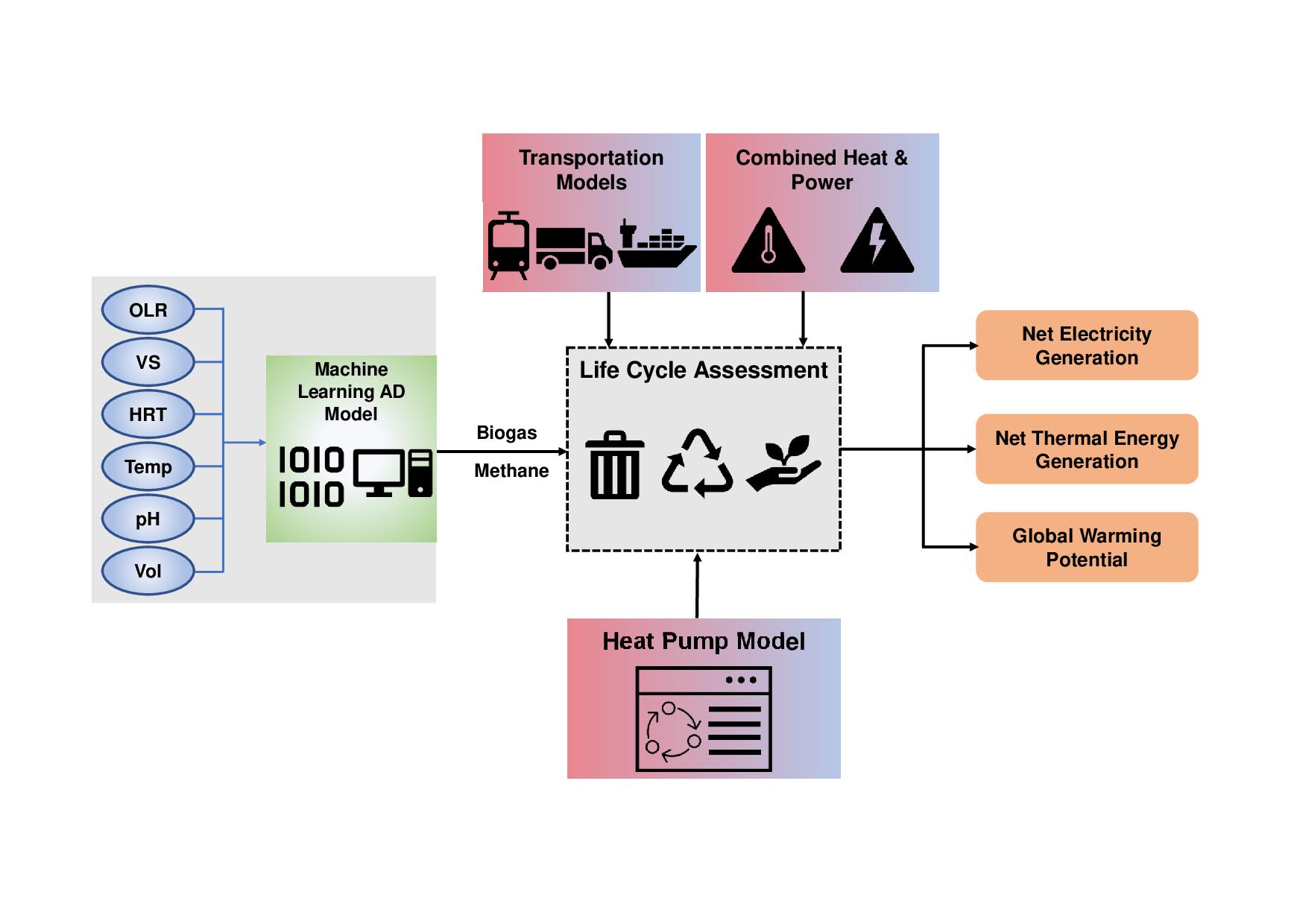
via Skolkovo Institute of Science and Technology
A nanostructured sensor, whose development and tests involved Skoltech researchers, has shown promise for enhancing construction parts made of glass fiber-reinforced polymer composite materials: aircraft wings, wind turbine blades, bridge spans, car bodies, boat hulls, etc. It can be embedded into a structure without the need to cure it in an autoclave. Made of carbon nanotubes, it generates heat under electrical current; when embedded, it leaves the composite’s thickness unaffected, other characteristics unimpaired and does not create undesirable pores. It can serve as a sensor for structural health monitoring or a heater for anti-icing or de-icing purposes. The latter is especially important for shipbuilding and small aviation, where fiberglass structures are abundant, particularly as regards the program of Arctic land development.
The study was published in Polymers.
“The results of our research are remarkable for several reasons,” one of the investigators of the study, Leading Research Scientist Sergey Abaimov of Skoltech, commented. “For one thing, the composite is endowed with extra functionality: By applying an electrical current to the carbon nanotube layer and monitoring the signal, it is possible to keep track of the structure’s deterioration and avert disaster by anticipating breakage. Electricity can also be used for heating, for example, to de-ice an aircraft wing or a wind turbine blade. Secondly, the heating can be used to manufacture this material in the first place, ‘self-curing’ the polymer composite without using an autoclave, which is costly and power-hungry.”
“Moreover, and this is what the paper in Polymers is about, we are also addressing the problem that plagues materials with embedded microstructures in general: the adverse effects of embedment on composite properties,” the lead author of the study, Skoltech’s Stepan Lomov, added. “One would expect that once we embed carbon nanotubes — or anything, really — into a composite, we have to put up with increased thickness and additional defects in the form of pores or distorted fiber orientation. But surprisingly, we end up with unchanged thickness, no added porosity, and the mechanical properties are improved, not compromised.”
Glass fiber-reinforced polymer composite materials are used in aircraft, ships, bridges, cars, sports equipment, and elsewhere. They are produced by curing together many layers of glass fiber plies impregnated by epoxy resin. To produce a high-quality composite, the entire composite part — which might be huge, for example, in aircraft engineering — is cured in a high-temperature, high-pressure chamber called an autoclave. Only major companies can afford an autoclave big enough to manufacture large parts with this technology, and the electricity costs and environmental impact are also a concern, because much power is consumed to heat up the entire volume of the chamber every time, regardless of the actual size and shape of the composite part being cured.
“If you embed carbon nanotubes between the adjacent layers of the composite, however, you can apply an electrical current and very efficiently deliver heat into the material without wasting energy on heating the entire volume of the autoclave. This could conserve something like 99% of the power,” Abaimov said.
To compare materials’ characteristics, the team manufactured the polymer composite both without the embedded carbon nanotube structure and with it. Measurements revealed neither increase in thickness, nor unwanted pore formation, nor fiber misalignment. The researchers explained this in terms of the nanotubes’ extremely high nanocapillarity, a property that causes them to “suck out” the pores from the epoxy resin, which would otherwise adversely affect the composite’s characteristics, generating pressure that causes the glass fiber layers to stick firmly together.
The study reported in this story belongs to a field of research that the authors themselves refer to as “multifunctional fusion for life-cycle enhancement of materials via nanoengineering of advanced composite structures.” In other words, the proposed nanostructure enhances the properties of the material and endows it with multiple functionality — in this case, structural health monitoring and de-icing — as well as playing an active role at various stages of product’s life cycle, as early as its manufacture, when the conductive carbon nanotube layer enables out-of-autoclave curing of the composite.
Together with Skoltech PhD student Alexei Shiverskii, Sergey Abaimov created a unique reactor for manufacturing nanocomposite structures at the Institute. “The paper we published this time is merely the first step on the way to implementing the wide range of functionalities that we claim to exist,” Abaimov explained. “Next, we need to get down to work and achieve results for all claimed functionalities, which should be of interest outside the lab, in the industries concerned.”
Original Article: Nanostructure strengthens, de-ices, and monitors aircraft wings, wind turbine blades, bridges
More from: Skolkovo Institute of Science and Technology
The Latest Updates from Bing News
Go deeper with Bing News on:
Embedded microstructures
- Embedded Systems
We caught up with the Winbond team at Embedded World 2024 as part of our promotional coverage for the event. Jun Kawaguchi, Steam Lin and Tetsu Ho – discuss longevity for industrial memory, security ...
- Human Jawbone Found Embedded Into Tile by Couple Renovating Bathroom
Then, with a closer look, I realized it was very familiar and looked human." The mandible fossil embedded in a tile. The find has already been verified by an archaeologist. The mandible fossil ...
- Stripe, doubling down on embedded finance, de-couples payments from the rest of its stack
Alongside this, the company is adding in a number of new embedded finance features and a new wave of AI tools. The updates were unveiled at Sessions, Stripe's big developer event in San Francisco ...
- Embedded Systems
Understanding AI workflows are a vital part of created embedded edge applications.
- Embedded Systems
We caught up with NXP in Nuremberg at Embedded World 2024 as part of our promotional coverage for the event. Brian Carlson – Global Marketing Director, Automotive Processors at NXP – discusses the ...
Go deeper with Bing News on:
Nanostructured sensor
- Laser printing on fallen tree leaves produces sensors for medical and laboratory use
Fabrication of sensors by 3D printing combines speed, freedom of design, and the possibility of using waste as a substrate. Various results have been obtained in a circular economy mode, whereby ...
- Seven faculty members elected AAAS Fellows
Seven UT faculty members have been elected to the latest class of fellows for the American Association for the Advancement of Science, a distinguished lifetime honor within the scientific community.
- IIT-Roorkee develops ‘1st of its kind’ energy storage supercapacitor
Researchers at IIT-Roorkee have developed a thin film-based flexible supercapacitor using nanostructured materials for large-scale energy storage. This breakthrough in supercapacitor technology opens ...
- Sensors Bolster Army Prowess
The Terrain Commander from Textron Corporation provides the basis for the U.S. Army's unattended ground sensor (UGS) Future Combat Systems. The sensor assembly is equipped with a variety of optical, ...
- sensor fusion
The scope evolved quite a lot, with the concept being to create a learning platform for environmental multi-sensor fusion. The current cut-down development kit hosts just the air quality ...










